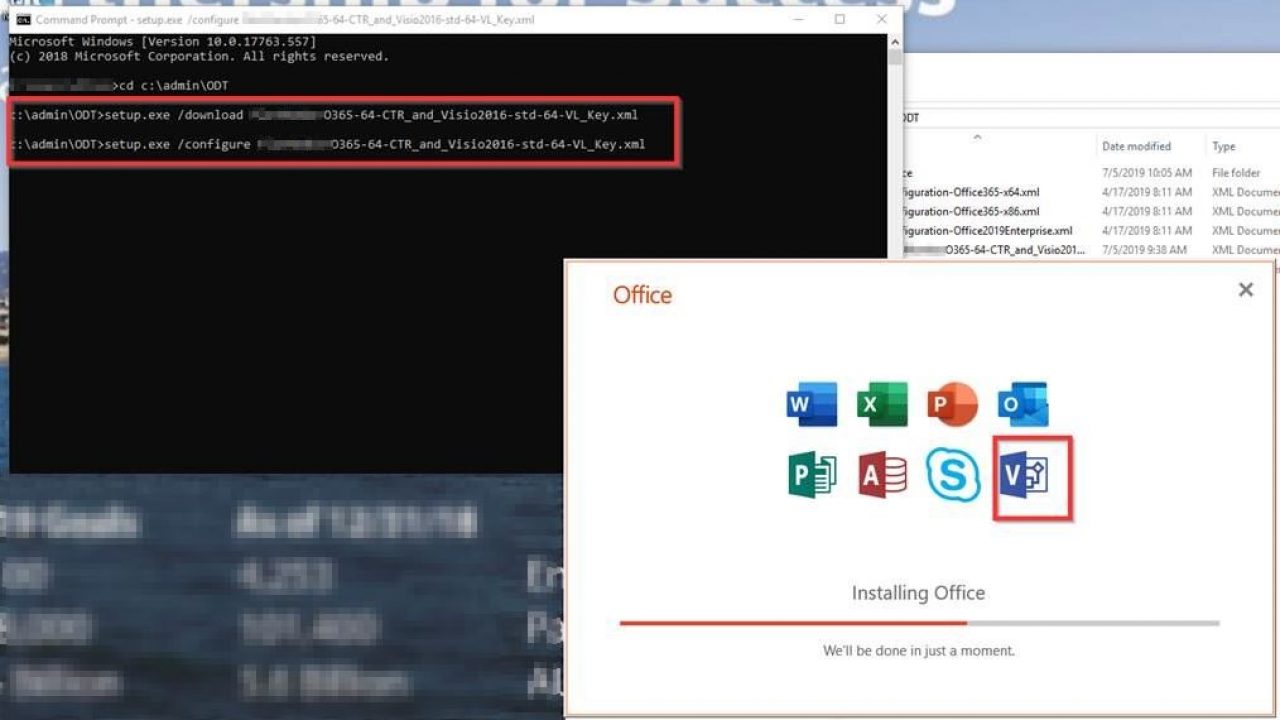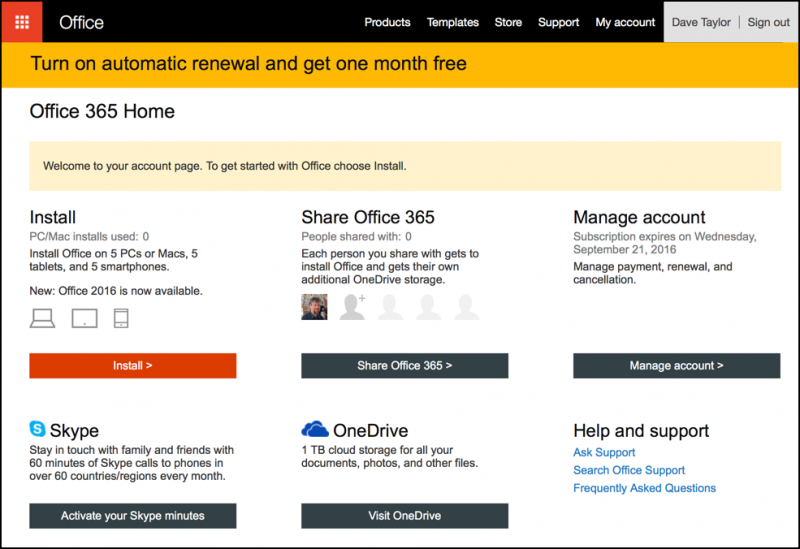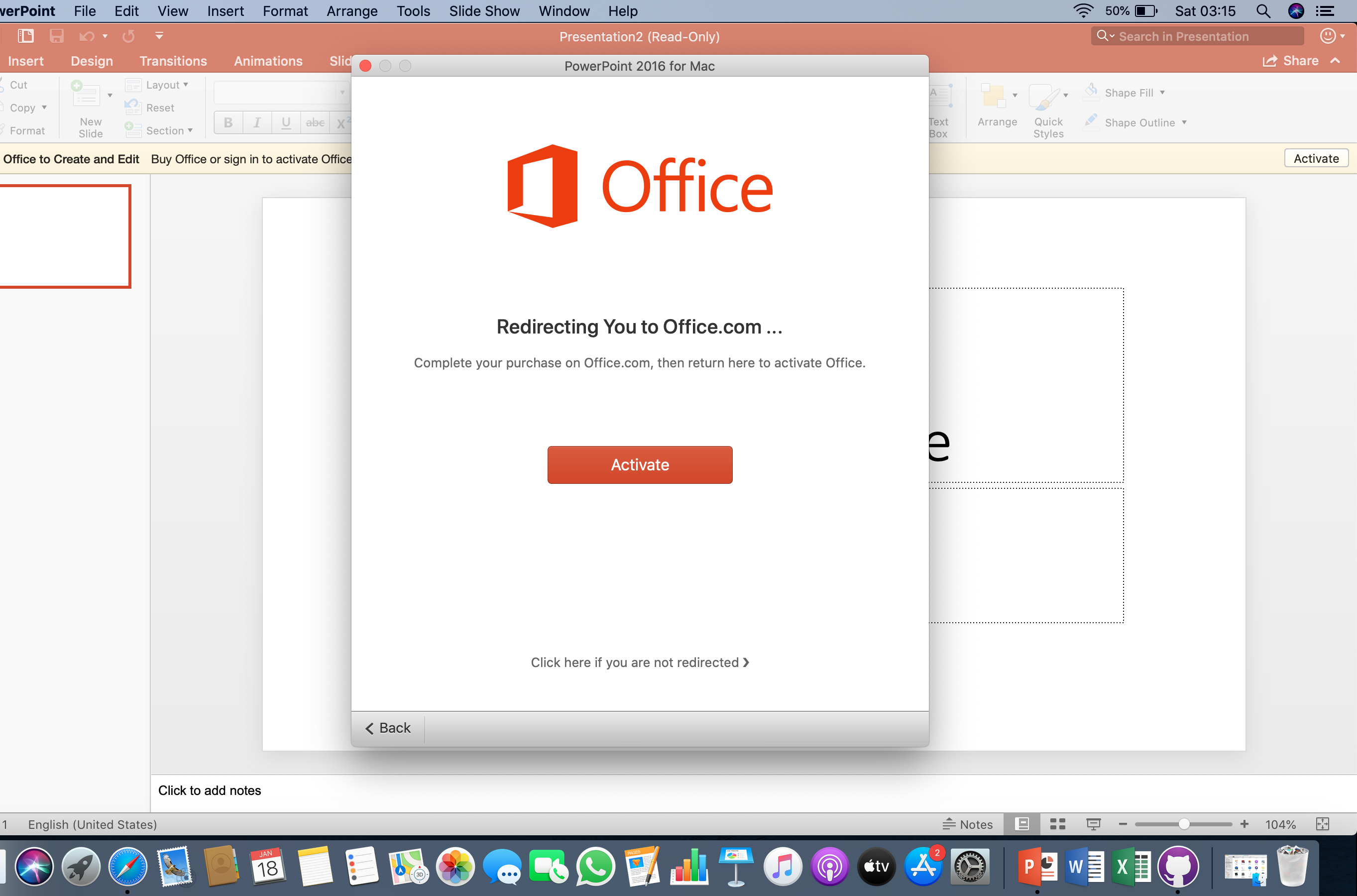
- VOLUME LICENSE FOR OFFICE 2016 FOR MAC HOW TO
- VOLUME LICENSE FOR OFFICE 2016 FOR MAC FOR MAC
- VOLUME LICENSE FOR OFFICE 2016 FOR MAC INSTALL
- VOLUME LICENSE FOR OFFICE 2016 FOR MAC UPDATE
- VOLUME LICENSE FOR OFFICE 2016 FOR MAC UPGRADE
In this post, as usual I’ll go into some detail about this installer’s problems, review some known workarounds and propose some solutions.
VOLUME LICENSE FOR OFFICE 2016 FOR MAC FOR MAC
Office is probably the most common software suite deployed in organizations, and so it’s a very bad sign that 2016 for Mac has begun its life as an installer that cannot be deployed without workarounds and/or repackaging. The best way to “fix” the installer is to have Microsoft fix it so that it can be deployed the same way we deploy any other software.
VOLUME LICENSE FOR OFFICE 2016 FOR MAC HOW TO
At least a couple posts exist already for how to “fix” the installer and deploy the software, but I haven’t seen anyone actually detail some of these issues publicly. Thanks in advance, I really appreciate all the information you share and any help you can provide.Office 2016 for Mac comes in an installer package that has been causing several issues for Mac sysadmins deploying it in their organizations. Do you guys know if this is still the case? Or this has been resolved with the latest version. I also read a few discussions in JAMF Nation and there were a few recommendations to remove Office 2011 first and the run the Office 2016 installer.

The Volume License installer already has the functionality of the VL Serializer built-in.
VOLUME LICENSE FOR OFFICE 2016 FOR MAC INSTALL
If I install the Volume License edition of OfficeĒ016 for Mac from the ISO downloaded from the VLSC, do I still need to run the VL Serializer? I read an article from Microsoft and they mentioned that if we run the pkg from the VLSC we don’t need to run VL Serializer.
VOLUME LICENSE FOR OFFICE 2016 FOR MAC UPGRADE
I am planning to just use the Self Service App to cache the Office 2016 installer on clients computers, after that I am still debating if it will be a good idea to have clients run the upgrade them selfs or just run it automatically for them. Before I start I am doing a lot of research so I can learn more about the Casper tools and hopefully chose the right option for this project. Now I am in the process of upgrading Microsoft office (from 2011 to 2016) for all our users about 260 clients.

I am new to the Mac admin world and my company just started using Casper. I hope this warning has been as helpful to you, as it was when shared it with us. It’s been a great few weeks with the community sharing feedback with & some of us being able to test pre-release installers for Office. Well a little over a month ago a gentleman with the nick into the #microsoft-office channel on the Slack, this was awesome as is a: Software engineer for Office for Mac/iOS at Microsoft, a fellow Brit & nice guy. What happens if I carry on copying the ist?ġ5.17 is the first release with the “Microsoft_Office_2016_VL_Serializer.pkg”, from 15.20 (scheduled for Q1 2016) you will have to use the correct license. To be clear, this will only affect you if using the Volume Licensed version of Office 2016 & not the Office365 version.

So again, can be added post imaging & then the suite will be correctly serialised. Running this will correctly serialise the Office 2016 suite, & should be run from the Mac that’s running the suite. However, to enable Office 2016 to be correctly licensed in the multitude of deployment scenarios that we mac admins employ, & his team have created the “Microsoft_Office_2016_VL_Serializer.pkg” To install Office 2016 from another volume & have the serialisation work, cache it locally on the Mac being imaged & install on first boot or if using Casper Imaging check “Install on boot drive after Imaging” for the PKG from within Casper Admin. (Please don’t deploy Office 2016 via a Composer snap shot, use the pkg).Īlso, if you install Office 2016 whilst booted to another volume (as in when installing via a NetBoot or NetInstall volume or something like Target Mode Imaging), again the serialisation will not work. So if you employ monolithic imaging or deploy Office 2016 via a Composer snap shot etc, the serialisation will not work. This device based serialisation is based around the generating a license on the Mac that is to be running Office 2016. Which means that deploying the plist /Library/Preferences/2.plist will no longer work. With Office 2016, Microsoft are moving to a device based serialisation method. However, whilst the deletion itself was a bug, the ability to use the ist across Macs was also a bug.
VOLUME LICENSE FOR OFFICE 2016 FOR MAC UPDATE
This came about as on occasion an Office Update or Installer would delete the file.

Well, for a while now it’s been fairly common practice to deploy the Office license to Macs outside of the Office installers or updates. The change is the new second pkg: “Microsoft_Office_2016_VL_Serializer.pkg” What’s that about? iso from VLSC you’ll notice two packages within it:


 0 kommentar(er)
0 kommentar(er)
